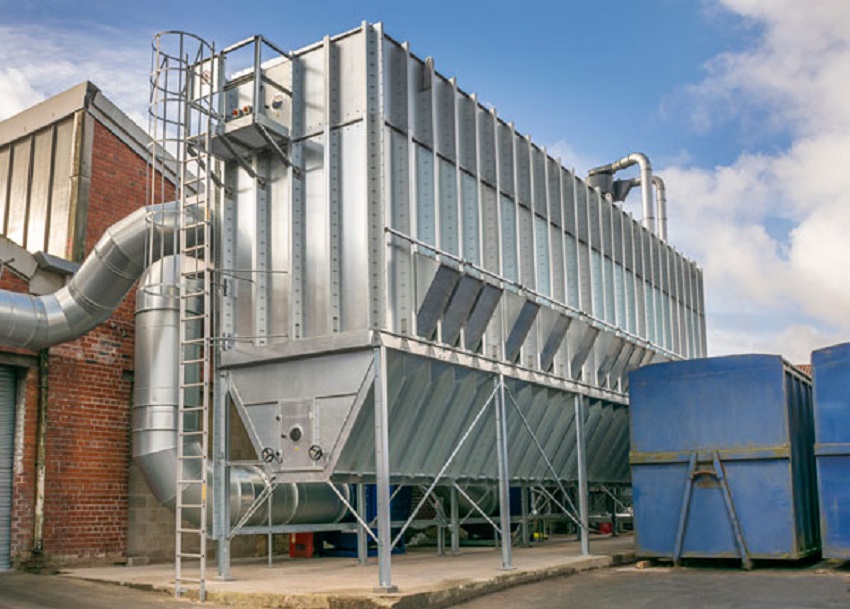
24 Jun What Are Industrial Bag Filters?
What Are Industrial Bag Filters? What are the differences between them? There are several kinds, including woven, multi-filament, and needlefelt bags. You can choose a woven multi-filament suitcase if you need to filter liquids. You can use non-woven bags for some applications, such as food processing. There are also filters made from Teflon and melt-blown non-woven materials. You can also learn more through industrial bag filters VA.
Stainless steel
Stainless steel industrial bag filters have many benefits. Their compact design makes them easy to install and maintain. Stainless steel also offers the lowest depreciation rate of any material, making them ideal for recirculating applications. In addition, you can adjust stainless steel bag filter housings in height for a custom fit to any application. They are also highly efficient infiltration. The main advantages of stainless steel bag filters include high filtration accuracy and efficiency, increased service life, and low maintenance.
Non-woven
There is a large variety of non-woven materials for filtration applications. Seventy percent of the synthetic material is used in commercial applications, such as manufacturing facilities, office buildings, theatres, hospitals, cruise ships, and casinos. Twenty-five percent is used in general consumer applications, such as household air filters. And despite the diversity of the market, there is plenty of room for new entrants. Here are five of the most prominent players in the industry.
Ceramic
Filtration in the ceramic industry is a broad term that encompasses several applications in different industries. While commonly available filters are effective in applications requiring low process temperatures, chemical and petrochemical industries need special filter media to achieve efficiency. Fortunately, manufacturers of ceramic industrial bag filters like Mantec Filtration offer these applications’ chemically inert ceramic media in exceptional grades. Their range temperature capabilities range from 900oC to 850oC.
Teflon
Teflon industrial bag filters are fluorocarbon fiber and polytetrafluoroethylene (PTFE). These materials are resistant to high temperatures and harsh chemical environments and are commonly used in steel foundries. Generally, a woven-finished Teflon filter requires a minimum support cage of 20 wires. Therefore, they may need to be oversized for extreme temperatures. If you plan to use them in high-temperature applications, buy a large bag to prevent shrinkage.
Shaker-style
Pulse-jet-style industrial bag filters are one of the most common filter bags available. They can be manufactured in various felt and finish materials and have a wide range of applications. They can be installed in multiple locations, including the air handling plant, manufacturing facility, etc. Shaker-style industrial bag filters are similar to pulse jet filters in size and construction, but they have more elaborate features.
Pulse-jet
A Pulse-jet industrial bag filter collects dust and other particles from a large air volume. It works by allowing compressed air to enter through a port at the lower part of the filter. The filter cake, or dust, collected on the outside of the bag, assists in maintaining maximum efficiency. Clean air then enters the upper chambers and exits the filter. It is an effective dust collection system that can improve the quality of a product and protect the health of employees.
Plenum pulse
You can use the standard Pulse-Jet and Plenum-Pulse industrial bag filters from Standard Filter for various applications, including direct treatment of dust-laden or flammable fumes. These industrial bag filters use support cages to allow air to flow into and out of the filter, preventing dust accumulation on the bag’s outer surface. They are easy to maintain and can be installed quickly and easily in any industrial environment.
Reverse-air
Reverse-air industrial bag filters use reverse-air to clean the air they pass through. Unlike pulse-jet cleaning, reverse-air is gentler on the bag material and saves compressed air costs. Both systems have advantages. The reverse-air baghouse is cost-effective and allows the equipment to run while the cleaning process occurs.

